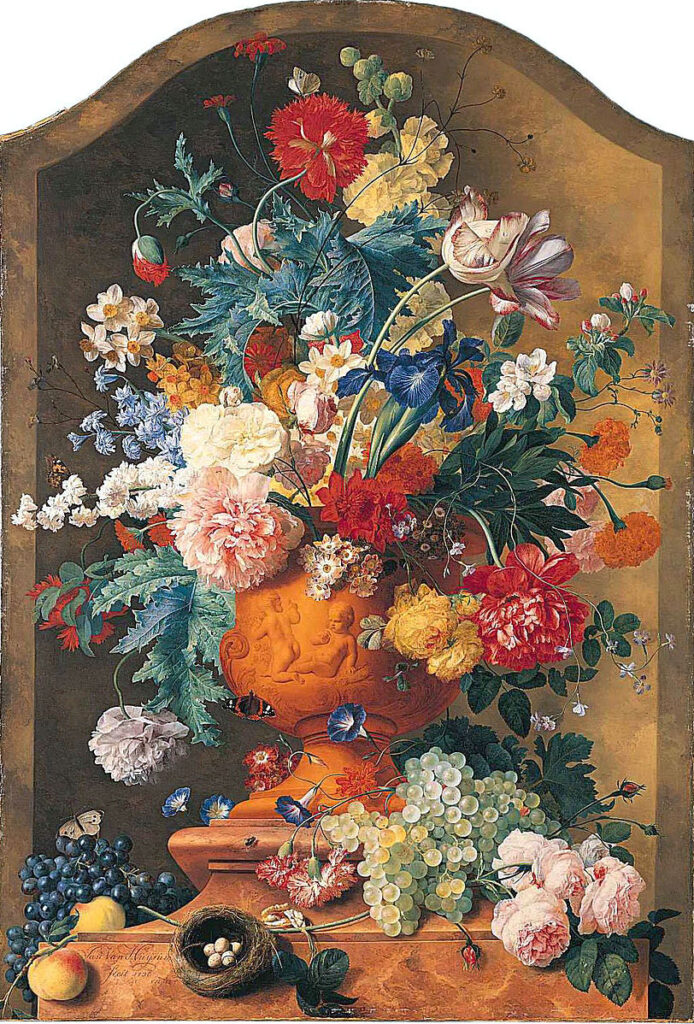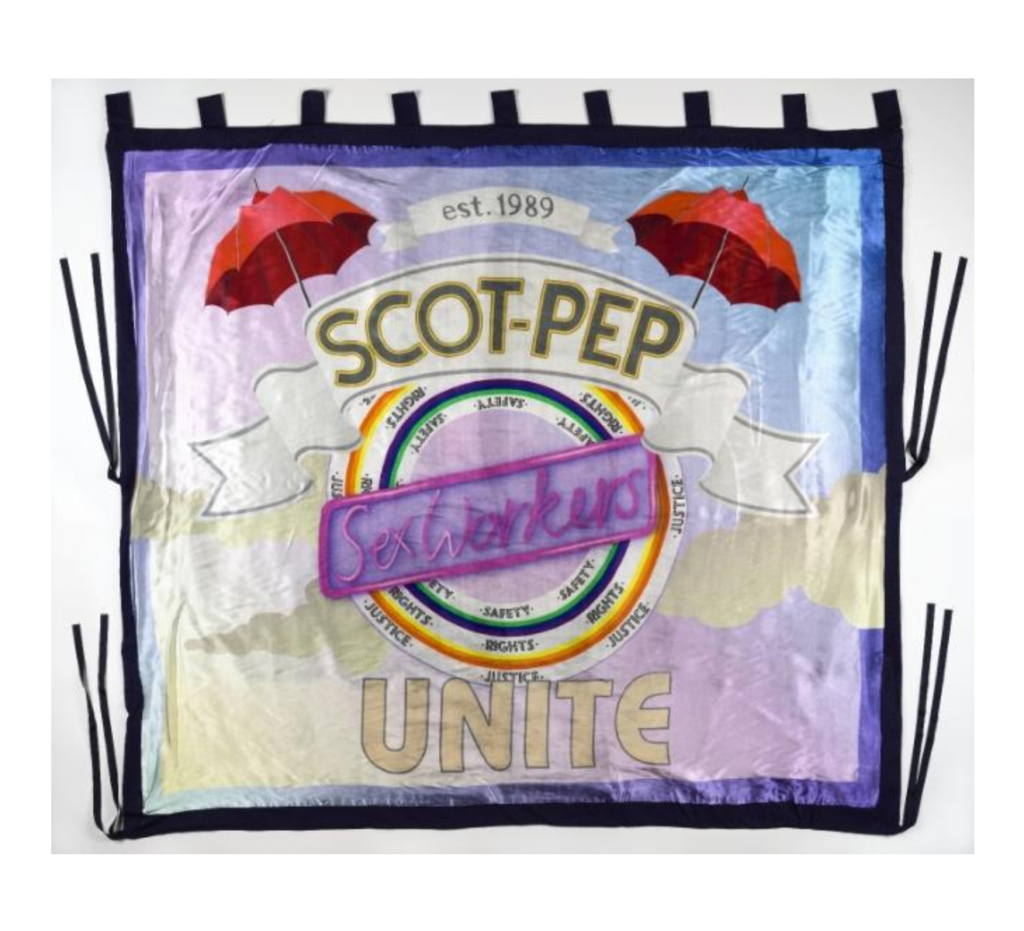One unexpected challenge in our exhibition development process came from what we thought would be one of the most enjoyable portions of the project: the artwork longlisting. After all, who wouldn’t relish in having the (metaphorical) doors thrown open to the entirety of the CRC’s collections?

An artwork selected by the National Gallery (London) for a “five minute meditation. Colours, benign topic, and a variety of focal points. A safe bet? Ⓒ Netherlands Institute for Art History
(digital ID 117763)
Our objective was to hone down the thousands of objects to a much shorter list of around fifty items. Of these, a specialised panel made up of mindfulness and heritage experts would cut it down even further, to give our co-curators a manageable set to work from. Their selections would then make up the displayed artworks.
Our problems arose from the nature of the exhibition. Our approach is not a traditional one in which an item was selected on the basis of (e.g.) historical, aesthetic, or social merits. No, we wanted items that encourage mindful engagement. This is a much more ephemeral and far less studied concept – one that doesn’t lend itself well to strict criteria and check-boxing. We were left puzzled. What constitutes a mindful object? Isn’t this entirely subjective?
On the one hand, we could have taken this as freeing – after all, can’t any item, observed appropriately, be suitable for mindful engagement? Yet, we felt that this was a bit of a cheat: just because it can lend itself to mindful engagement, doesn’t mean it lends itself to engagement well.
Instead, we drew upon examples from elsewhere; Prescribe Culture, the National Gallery, and other examples from across time. We noted that the imagery often fell into a goldilocks-band of complexity (complex enough to offer lots of focal points, not so complex as to overwhelm), include a range of colours, and frequently included interesting features such as textural aspects to pick up on.
Given the nature of the exhibition as a whole, we also introduced some additional conditions. We didn’t want our visitors or co-curators to be exposed to potentially trauma inducing imagery (e.g. physical violence, racism, etc.). We also had to eliminate audio-visual items for design reasons.

We wanted to include more contemporary pieces which focused on contemporary issues such as this one by Fiona Jardine. But our prioritisation of participant safety meant that, this time, we decided to play it safe. We hope future projects will learn from our experiences and be able to engage with these works in a mindful manner. © 2020 University of Edinburgh.
All of this helped us to narrow down the >6000 to a manageable 66 items to be shared with our experts. There remained a significant amount of subjectivity and, if we are honest, we frequently played it safe in our choices (skirting well clear of “riskier” items). As such, we are excited to see the outcome – in many respects this is an experiment. We’re keen to see the results.